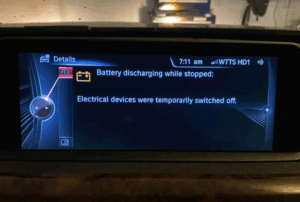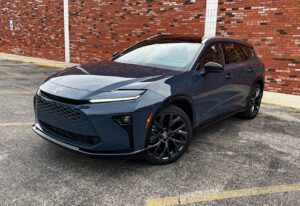Is it unfair of me to say that yesteryear’s supercars aren’t all that super anymore? Father Time rendered the quickest-accelerating engineering marvels almost irrelevant as today’s metal is now just as quick, if not quicker. The proof lies in the handful of cars I’ve plucked while falling down this rabbit hole instead of other things I really should be doing, like finishing my college application or touching grass. But who needs social interaction when you have useless car knowledge, right?
What about data?
Yes. There is, indeed, data. I scoured the internet for instrumented test data on each car, with Car and Driver and MotorTrend being the most reliable sources for proper, scientifically acquired results. I simply snatched results from whichever magazine got the quickest times back in their day. The same goes for the cars referred to when mentioning that the listed cars are as quick as or quicker than, with “as quick as” allowing for wiggle room of a tenth or so in either direction.
Note that things aren’t quite apples to apples given possible differences in testing procedures between magazines, advancements in testing equipment, and the evolution of tire technology. Saddling all the mentioned cars on a cool day with the same rubber on the same tarmac will certainly rattle the hierarchy. Still, it’s fun to see just how far cars have come when we’re talking showroom-fresh machines as they came off the assembly line.
BMW G80 M3/G82 M4 Competition xDrive
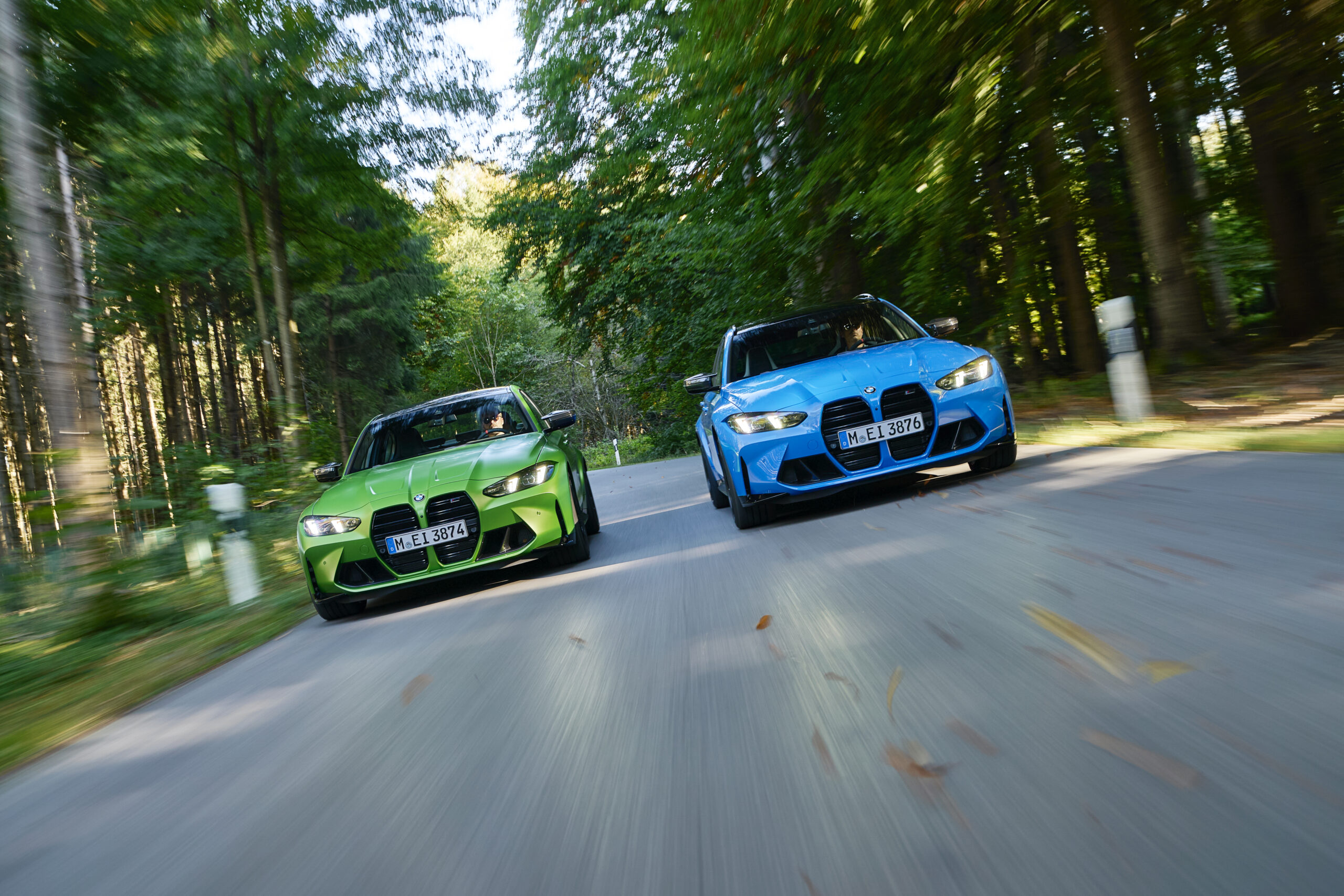
Welp. We have reached this point. An M3 worthy of usurping the mantle of older M5s in not only size and comfort but also outright speed. In case you missed any headlines, G80 M3s are fast. Like, “Whoa, when did that happen?” fast. The rear-drive cars are as ballistic and track-capable as ever. However, the true disruptors are the Competition xDrive models, which direct all 500-plus horsepower from the 3.0-liter S58 straight-six to all four wheels through a rapid-fire ZF eight-speed transmission.
Oftentimes, M3s were comparable to V8 Mustangs in terms of acceleration. The Germans apparently couldn’t stand that. So, the addition of an auto-only, all-wheel-drive Competition xDrive M3 ensures Munich’s effort widens the gap between them and Dearborn’s, as well as a few genuine supercars from not long ago. And that’s before we start getting into the realm of tuning. Ahem. Downpipe and a tune, anyone?
0-60 mph: 2.8 seconds
0-100 mph: 7.0 seconds
¼-mile: 11.0 seconds @ 124 mph
As quick as (0-60/¼-mile): 2018 Nissan GT-R Track Edition (2.9, 11.1 @ 126 mph), 2014 Porsche 911 Turbo S Cabriolet (2.8, 11.1 @ 124 mph)
Quicker than (0-60/¼-mile): 2014 BMW M5 Competition Package (3.7, 11.9 @ 122 mph), 2014 Mercedes-Benz SLS AMG Black Series (3.2, 11.2 @ 128 mph)
Porsche 911 Carrera 992.2
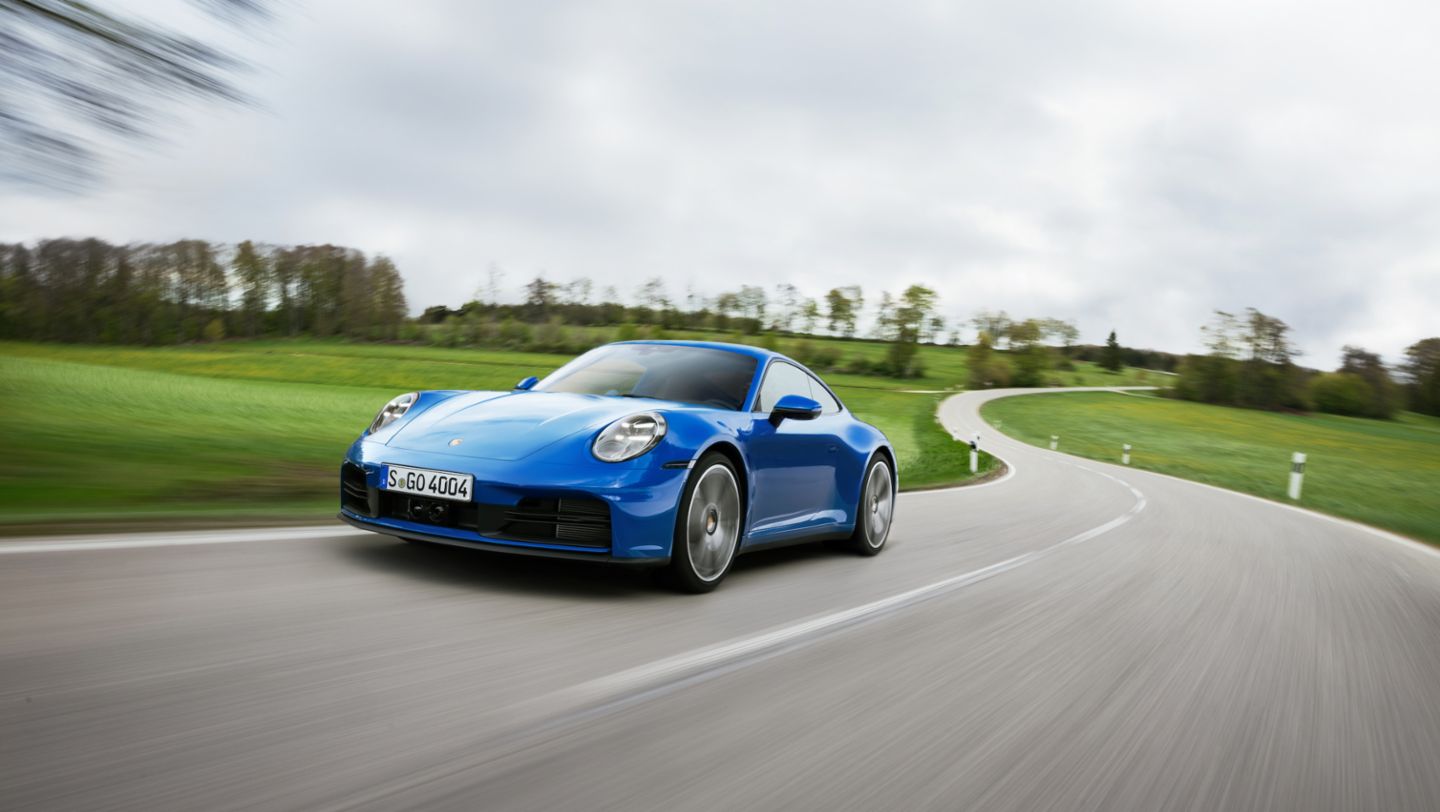
Read these performance specs, and tell me if I’m crazy, because I’m pretty sure these numbers are deep, deep, deep into supercar territory. And remember, this is a base Carrera, not an S, T, GTS, or whatever special S/T E-Hybrid Leichtbau R Turbo Weissach Anniversary Edition. That means “only” 388 horsepower and 331 pound-feet from its 3.0-liter twin-turbo flat-six. Kudos to the ever-evolving PDK gearbox, to a rear weight bias lending itself spectacularly for drag race launches, and to torque hitting you with full force at a low-down 2,000 rpm.
Porsche engineers always push the limits of what each generation of 911 is capable of, with the lower-rung models now eclipsing the fastest models of our youth. Before, I never batted an eye at the straight-line performance of the base Carrera, being roughly on par with the fastest Coyote-powered Ford Mustangs. But now, the Carrera is enough to make Turbos and GT2s of old piss their pants.
0-60 mph: 3.1 seconds
0-100 mph: 7.8 seconds
¼-mile: 11.4 seconds @ 121 mph
As quick as (0-60/¼-mile): 2014 Audi R8 V10 Plus (3.2, 11.4 @ 126), 2017 Porsche 911 Carrera S (3.1, 11.4 @ 123)
Quicker than (0-60/¼-mile): 2009 Nissan GT-R (3.3, 11.5 @ 124 mph), 2022 Porsche 911 GT3 manual (3.3, 11.5 @ 124 mph)
Volkswagen Mk8 Golf R
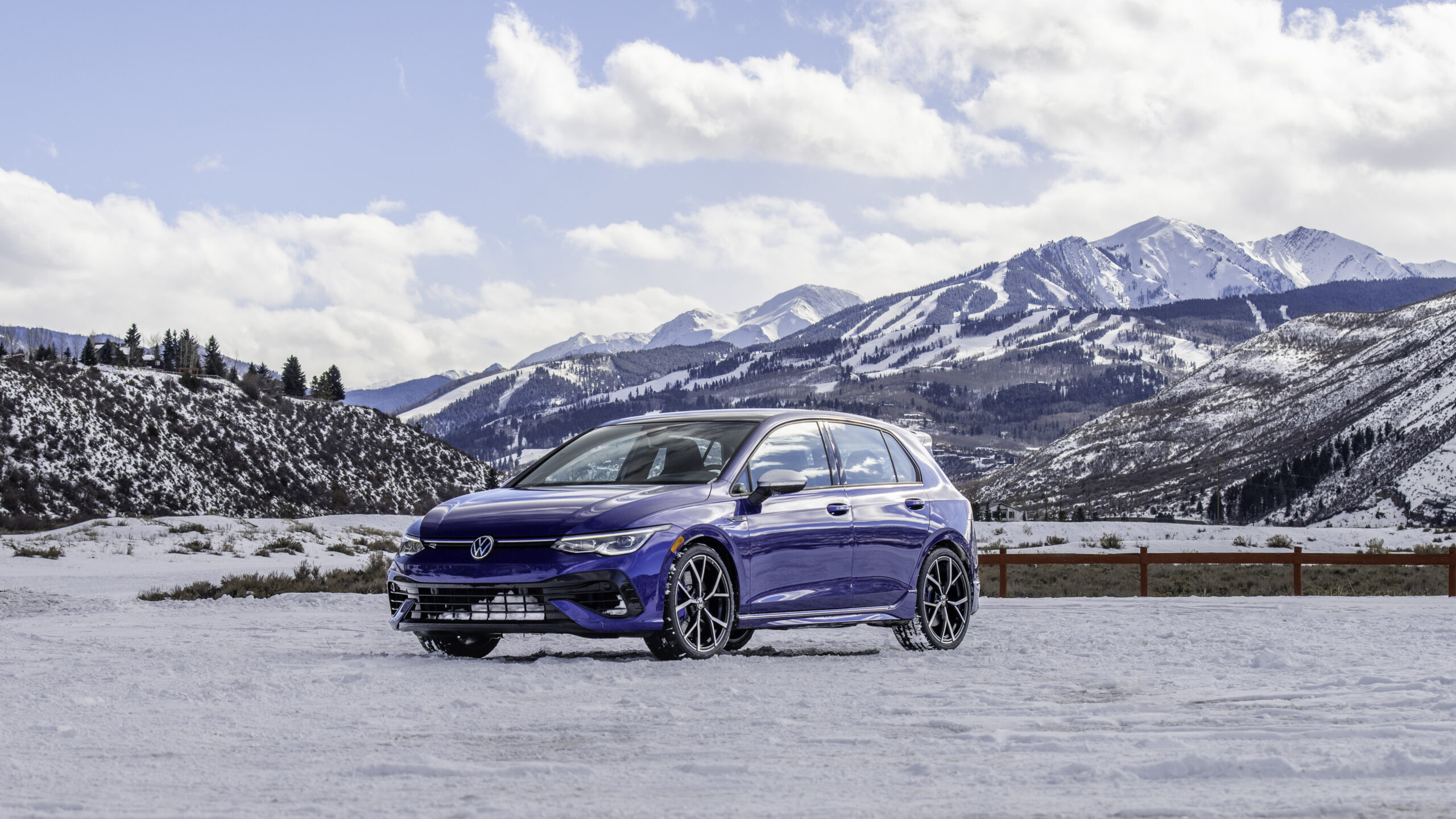
Crank up the wick on a little Volkswagen hatchback with all-wheel-drive, a dual-clutch, and a cutesy little rally wing, and bam. You have a Golf R. In its latest form, the R polarized critics, with its incredible speed and driving dynamics battling to overshadow its glaring infotainment quirks and luxury sports sedan price tag, but you can’t argue with results. It’s the quickest, most track-capable production VW you can buy.
With 315 horsepower and 310 pound-feet on tap, dual-clutch, pre-facelift press cars have been proven to lay down numbers that’d have today’s V8 pony cars sweating and supercars of old feeling a little uneasy. And that’s before we get into the tunability of Volkswagens and the mighty little EA888 turbo-four, which can be tweaked into sleeper engines that turn Golfs from hot to hyper hatch.
0-60 mph: 3.9 seconds
0-100 mph: 10.0 seconds
¼-mile: 12.5 seconds @ 111 mph
As quick as (0-60/¼-mile): 2005 Ferrari F430 (4.1, 12.5 @ 116 mph), 2005 Lamborghini Gallardo (4.1 seconds, 12.4 @ 118 mph)
Quicker than (0-60/¼-mile): 2000 Ferrari 360 Modena (4.6, 13.1 @ 110 mph), 2018 Ford Mustang GT (4.3, 12.6 @ 115 mph)
Chevrolet C8 Corvette Stingray
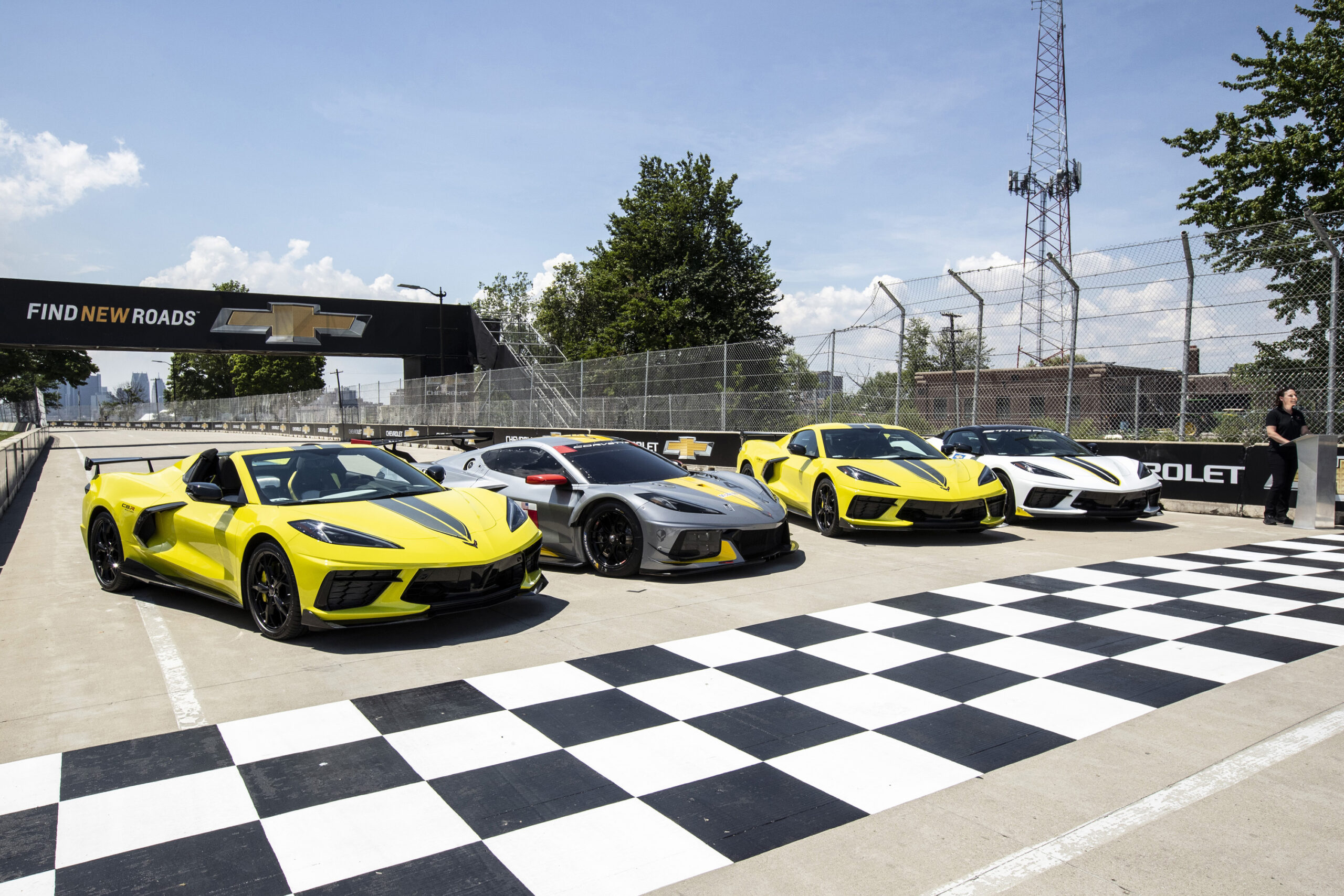
Take a step back and notice how the C8 is perhaps the closest any base Corvette has ever come to being a “poor enthusiast’s supercar.” It boasts mid-engined looks, a snappy dual-clutch transmission, a raucous V8, and, most importantly for this listicle, the ability to not only talk the talk but also walk the walk. Seriously. Go peel open a magazine from 2012 or older, and find me a supercar as quick as this. And if you do, tell me how much it is.
Even without a sky-high redline or enough turbo boost to propel an X-Wing into orbit, the standard C8 ‘Vette and its naturally aspirated, 495-horsepower LT2 V8 are enough to firmly plant it on this list. You can thank its dual-clutch auto and the rearward bias afforded by its mid-engined layout for that. Poor man’s Ferrari? Yeah. Sure. You can have this one.
0-60 mph: 2.8 seconds
0-100 mph: 7.1 seconds
¼-mile: 11.1 seconds @ 123 mph
As quick as (0-60/¼-mile): 2011 Ferrari 458 Italia (3.0, 11.0 @ 131 mph), 2018 Nissan GT-R Track Edition (2.9, 11.1 @ 126 mph)
Quicker than (0-60/¼-mile): 2008 Lamborghini Gallardo Superleggera (3.5, 11.7 @ 123 mph), 2016 Mercedes-AMG GT S (3.0, 11.2 @ 127)
Mazda ND MX-5 Miata (Wait! Hear me out…)
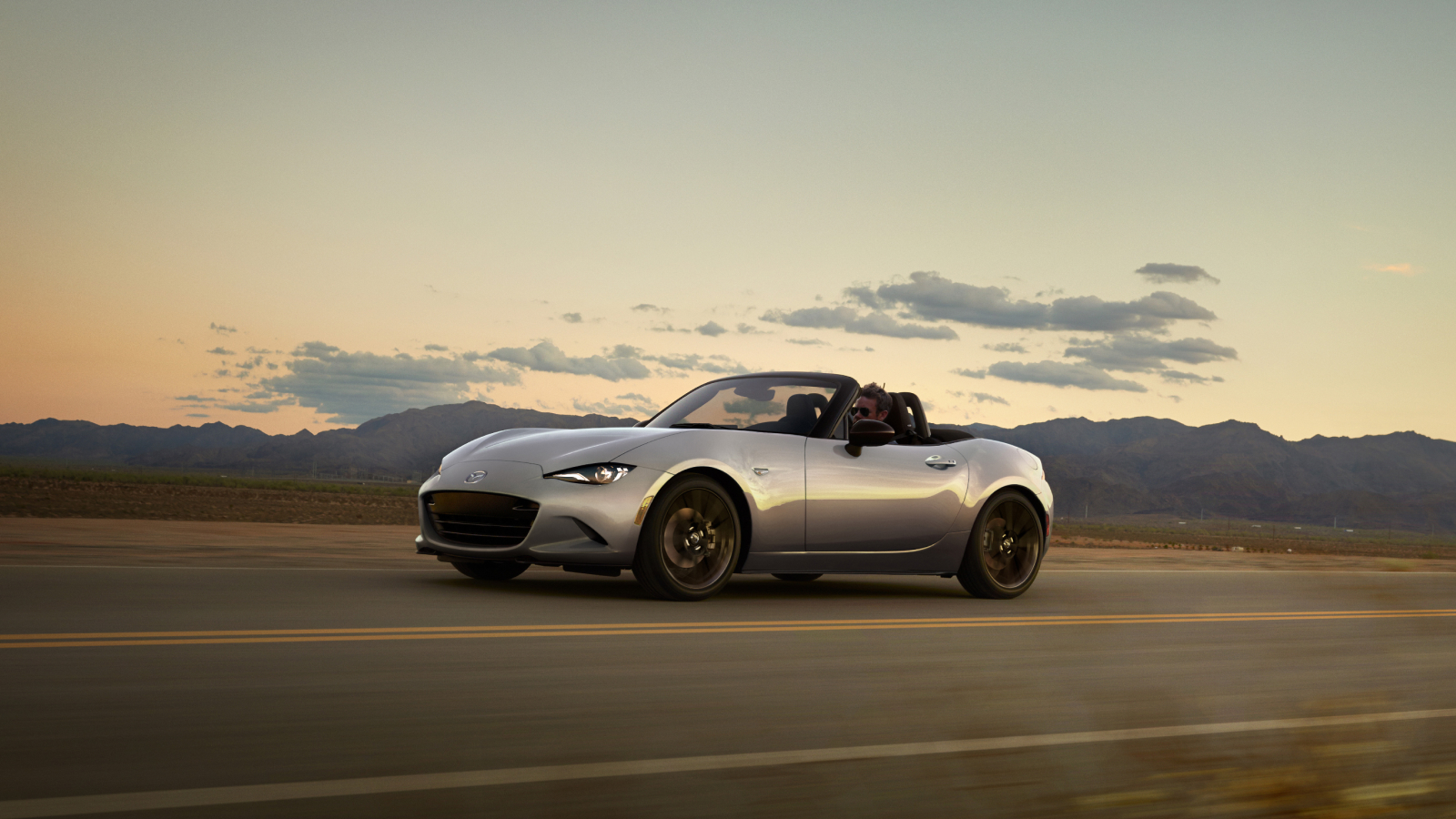
Ah yes, my lazy asshole cop-out answer. But wait! I never specified that these cars had to be modern supercar fast. Only that they were supercar fast, period. That said, the ND-generation Mazda Miata shrugs off stereotypes of being underpowered, with magazine test numbers that’d surely impress jaded auto journos had you sent it back two or three decades ago. In other words, you’ll be a-okay should you find yourself battling supercars from an era when things were a little more “rad.”
Weighing just under 2,500 pounds while wielding 181 horsepower and 151 pound-feet from that sweet, sweet 2.0-liter inline-four is a recipe for rock-solid acceleration, even by today’s standards. Sure, it may still get caught off guard at highway speeds against today’s crop of turbocharged offerings. But it’s also no longer the little “hairdresser’s car” destined to get force-fed Gapplebee’s by every family SUV it lines up against during stoplight drags.
0-60 mph: 5.5 seconds
0-100 mph: 15.7 seconds
¼-mile: 14.3 seconds @ 97 mph
As quick as (0-60/¼-mile): 1988 Chevrolet Corvette (5.6, 14.2 @ 95 mph), 1993 Nissan 300ZX Turbo (5.6, 14.2 @ 101 mph)
Quicker than (0-60/¼-mile): 1990 Ferrari 348ts (6.0, 14.5 @ 99 mph), 1980 Porsche 911SC (6.0, 14.7 @ 92 mph)

